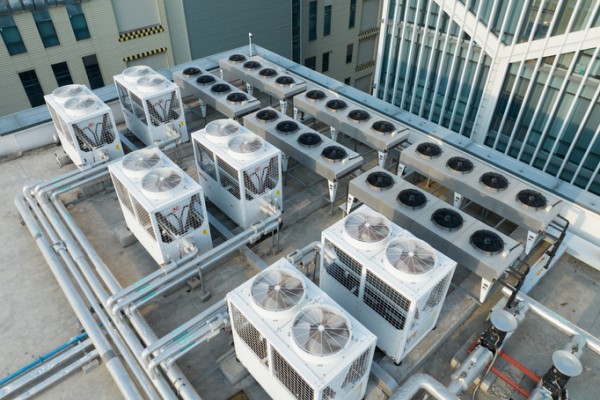GBCA and AIRAH release paper urging long-term refrigerant planning to cut building emissions
The Green Building Council of Australia (GBCA) and the Australian Institute of Refrigeration, Air Conditioning and Heating (AIRAH) have released a joint discussion paper, ‘Freeze Frame: Refrigerants as long-term building infrastructure’, highlighting the critical role of refrigerants in reducing emissions and improving building performance.
Refrigerants are central to modern heating, cooling and ventilation systems, and choices made today will influence costs, risks and emissions for decades. More than 62 million refrigerant-dependent devices are in use across Australia, a 15% increase in five years. The sector is valued at $12.7 billion annually which is more than double a decade ago.
Current systems contain around 55,000 tonnes of refrigerant, equivalent to roughly 100 MtCO₂e if released, or about a quarter of Australia’s yearly emissions. That figure is projected to reach 80,000 tonnes by 2036, while modelling shows demand for new refrigerants will exceed supply by a factor of three under the current phase-down.
GBCA chief impact officer Jorge Chapa says refrigerants remain an overlooked but critical component of building performance.
“Every building relies on refrigerants, yet they’re rarely factored into long-term planning. If we don’t plan ahead, we risk higher retrofit costs, supply shortages and avoidable emissions,” he says.
AIRAH advocacy and policy manager Mark Vender says Freeze Frame is an opportunity to connect the property and engineering sectors.
“The HVAC&R industry is on the front line of Australia’s refrigerant transition. By combining technical expertise and property-sector leadership, this paper identifies practical steps in smarter design, maintenance, refrigerant tracking and stronger collaboration across industry and government.”
With the global phase-down of high-GWP refrigerants accelerating and building electrification increasing demand, the paper outlines actions for existing and new buildings. These include reviewing and registering current refrigerants, designing to reduce refrigerant reliance, scaling lower-impact alternatives and coordinating policy reform.
“With COP31 on the horizon in 2026, refrigerants are an area where the property sector can show real progress,” Jorge says.

